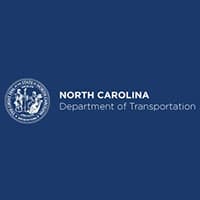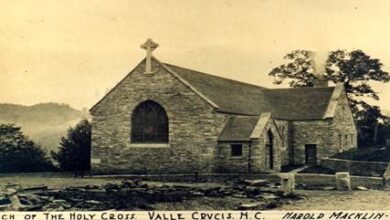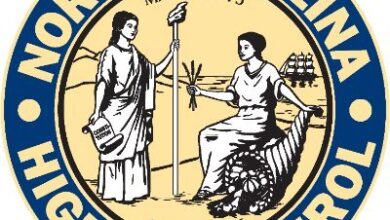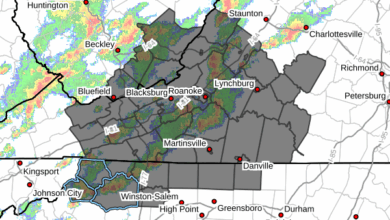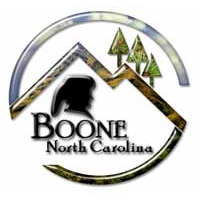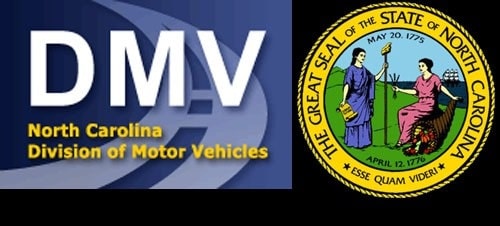Last Updated on March 31, 2015 9:33 pm
The N.C. Wildlife Resources Commission will open approximately 1,100 miles of Hatchery-Supported Trout Waters in 25 western counties at 7am on April 4. The season will run through Feb. 29, 2016.
While fishing on Hatchery-Supported Trout Waters, anglers can harvest a maximum of seven trout per day, with no minimum size limits or bait restrictions. To give trout anglers better opportunities to plan fishing trips in advance, the Commission now is posting stocking dates and locations for the entire stocking season by week, and posting daily updates at noon for all waters stocked that day. Information can be searched by county, by month, or both.
“We have wanted to help trout anglers by giving more advance notice of stocking dates and locations so they can plan fishing trips better without impacting our program,” said David Deaton, fish production supervisor for the Commission’s Division of Inland Fisheries. “Between the weekly stocking schedule and the daily stocking updates, anglers can go online at noon to see which streams got stocked that day, and which streams have yet to be stocked that week.”
Hatchery-Supported Trout Waters, marked by green-and-white signs, are stocked from March until August every year, depending on the individual stream. Many of these waters are stocked monthly, although some heavily fished waters are stocked more frequently.
Commission personnel will stock nearly 926,000 trout — 96 percent of which average 10 inches in length, with the other 4 percent exceeding 14 inches in length. Stocked trout are produced primarily in two mountain region fish hatcheries operated by the Commission and are distributed along hatchery-supported streams where public access for fishing is available. While Hatchery-Supported Trout Waters are open to public fishing, many of those miles are privately owned.
“Opportunities to fish on many of these hatchery-supported trout streams are only available through the support and generosity of landowners,” Deaton said. “It’s important for anglers to respect the property that they’re fishing on and remember that landowners can take away access if they feel their property is being misused.”
Anglers can help prevent the loss of public access to fishing by:
- Respecting private property and landowners at all times;
- Removing all trash and litter from fishing and parking areas;
- Parking only in designated areas and leaving driveways open for traffic;
- Closing and/or locking gates after use; and,
- Reporting wildlife violations by calling 1-800-662-7137.
For a complete list of all Hatchery-Supported Trout Waters, as well as trout maps and weekly stocking summaries on Hatchery-Supported Trout Waters, visit the Commission’s trout fishing page. Weekly stocking information appears online for seven days, and updates are posted on Fridays after fish are stocked.
For more information on fishing in public, inland waters, visit the Commission’s website, www.ncwildlife.org or call the Division of Inland Fisheries, 919-707-0220.







